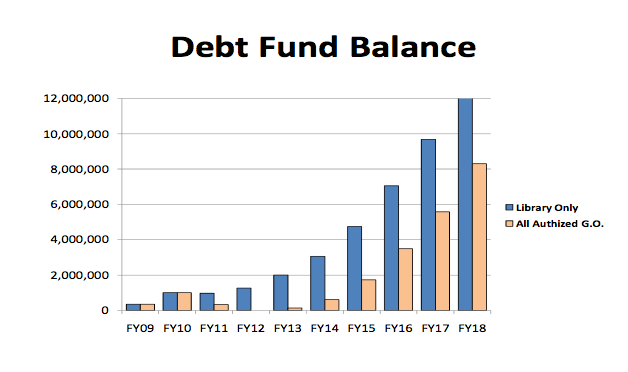The following letter does an excellent job summing up my reasons for delaying the July’s abbreviated community review process for the ciritical Estes Drive/MLK, Jr. intersection, the two congested transit corridors and the surrounding area which includes UNC’s Carolina North campus.
The current CH2020 proposal calls for us to plan in haste and repent in crisis.
This intersection is a bulls-eye for development activities and lies at the crossroads of competing goals: creating an appropriate gateway to UNC’s Carolina North, managing a critical transition point between Downtown and North Chapel Hill/Carrboro and East Franklin St., supporting the new transit framework for MLK, Jr. and acting as the template for the ring of development around Horace-Williams Airport.
In many ways, it is one of the most critical areas in Town and deserves a thorough, deliberative and broad-based community evaluation before moving forward.
The following letter asks Council to take the time to “get it right”.
June 23, 2012
Dear Mayor and Town Council,
We are residents of Estes Hills, Huntington-Somerset, Coker Hills, Coker Hills West, Mount Bolus and Coker Woods and would be affected if zoning changes are made to the Town’s land use map in our area.
The Estes Neighbors group strongly recommends that the CH2020 Plan expand the scope of the proposed Estes Corridor study to include all or most of the ‘MLK South future focus area’, and develop a robust, deliberative and broadly inclusive community outreach effort to build a consensus for managing development prudently within that focus area. Two hundred and eight of our neighbors have signed on to that vision.
By definition a small area plan needs to include a larger area than the small strip along Estes Drive. The Estes/MLK,Jr. intersection is a critical element of several overlapping concerns: a gateway to Carolina North, a current traffic bottleneck, and a key transition point between downtown and north Chapel Hill and Carrboro.
We recommended a focus area plan that covers Estes Drive Extension to Seawell School Road and MLK from Homestead south to Hillsborough Street, including Carolina North. Further, the focus effort must answer the following open questions:
(1) What land uses in this MLK South focus area are most compatible with the new Carolina North campus, the biggest change in our Town for decades?
(2) How will future development be effectively integrated with the Carolina North MLK transit plans to ensure continued mobility for residents, commuters, and transit access to Carolina North?
(3) How will the anticipated development affect our neighborhoods?Summer is not the time for this critical planning effort. Many stakeholders are away on vacations, the Council is not in session, no clear process has been described, and not enough time will have passed for residents to have adequately digested the new CH2020 plan. Fall is a better time to start a robust, inclusive and sustained community process,
ensuring both strong participation and one resulting in broad community support. We anticipate several rounds of discussions and community evaluations of draft proposals extending into 2013.Our recommendation: We request that the language making the Estes Corridor study a priority be removed. See p.45 of the Implementation Chapter in the June 25th DRAFT Comprehensive Plan.
Not only is this narrow strip of land an insufficient basis for planning, we also don’t know of any instance in the 2020 discussions where such a study emerges as a priority. We think it makes good sense to complete an integrated area plan for the MLK and Estes focus area before any changes are contemplated for Estes Drive.
In addition, we ask the Council that the final Comprehensive Plan contain a detailed process to develop area plans for all future focus areas, including:
(1) participation by citizens;
(2) adequate time to do the job;
(3) enough data to support assumptions and justifications; and finally
(4) how area plan recommendations will be turned into changes on the zoning map.We ask that the area plan process be built in consultation with the affected neighborhoods, the University, property owners, businesses and interested residents. We envision something much more detailed and rigorous than the 15-501 south discussions, but shorter than the Glen Lennox process for all these areas. Development within each of these areas will impact not only the surrounding neighborhoods but all of Chapel Hill.
Thank you for considering these changes.
Sincerely,
David Ambaras, Mary Andersen, Stephen P. Berg, Kim and MaryEllen Biechele, Jill Blackburn, Watson Bowes M.D., Laurie Cousart, Rose Marie D’Silva, Glen H. Elder Jr, Verla Insko, Patty Krebs, Fred Lampe, Ross and Winsome Leadbetter, Emily Lees, Ronald C. and Sue Link, Julie McClintock, Sarah K. McIntee, John Morris, Priscilla Murphy, Nelson and Diane Price, Sandy Turbeville, Pat Lowry,Will Raymond, David Robinson, Steve Rogers, Gretchen Stroemer, Susan Swafford, Misako Toda, Alan Tom, Barrie Trinkle, and Cathy Walker
